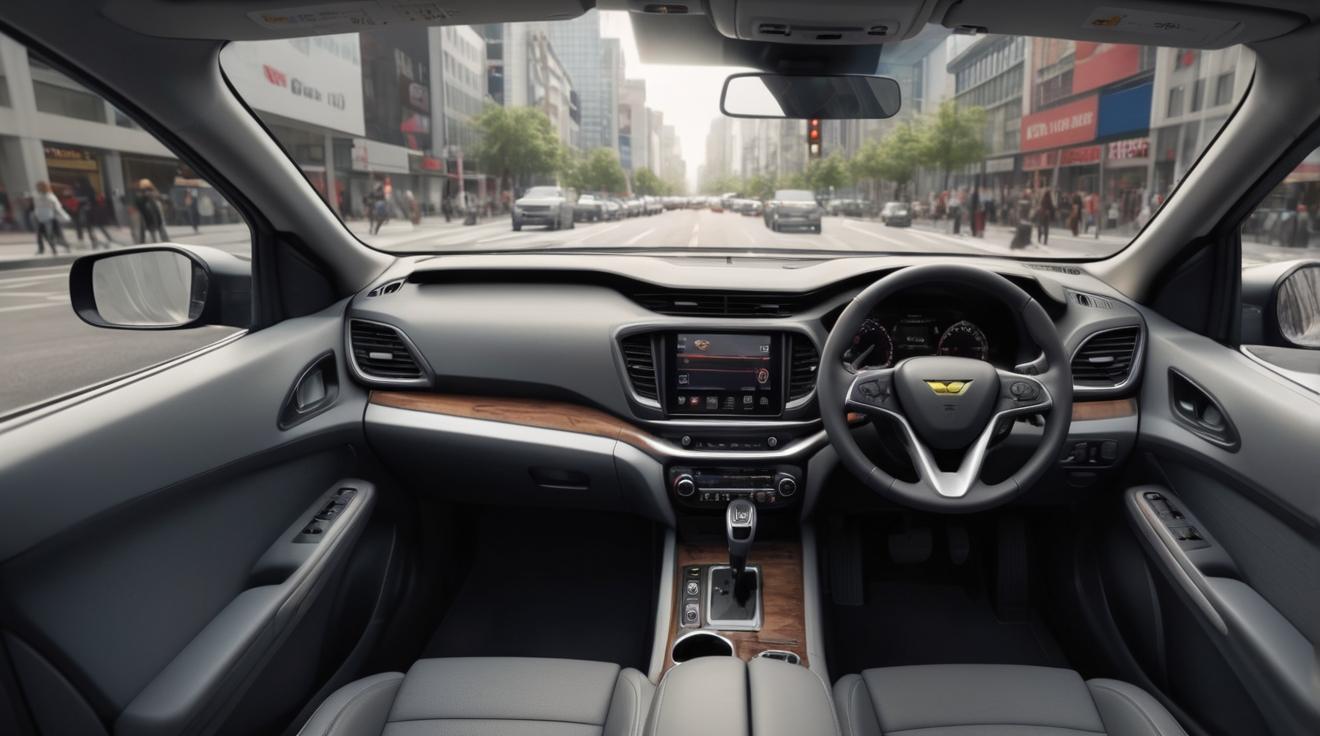Most US Drivers Support Anti-Speeding Technology in Vehicles, Survey Shows
More than 60% of drivers in the United States would find it acceptable if their vehicle provided audible and visual warnings when they exceeded the posted speed limit, according to a new survey by the Insurance Institute for Highway Safety (IIHS). The survey, which aimed to gain insight into public sentiment toward intelligent speed assistance systems (ISA), involved a sample size of 1,802 drivers.
Why It Is Important
Over-speeding is consistently a factor in more than a quarter of U.S. traffic fatalities. In 2022, this amounted to more than 12,000 deaths, as reported by the IIHS. Despite this, about half of the drivers admitted to driving at least 15 mph over the limit within the last month, citing data from the AAA Foundation for Traffic Safety.
Context
Effective next month, the European Union will mandate that all new vehicles be equipped with ISA systems. These technologies utilize speed sign-recognition video cameras and/or GPS-linked speed limit data to alert drivers of the current speed limit and warn them if they are exceeding it, according to the European Transport Safety Council.
Key Quotes
"With the technologies we have now, we could stop virtually all speeding and eliminate speeding tickets to boot," said Ian Reagan, a senior research scientist at IIHS. "Instead, we seem to be going in the opposite direction, with adaptive cruise control and partial automation systems that allow drivers to peg their speed at 90 mph if they want."
By the Numbers
- 80% of the surveyed drivers agreed that they would want a feature displaying the current speed limit.
- More than 70% of drivers stated they would appreciate an unobtrusive tone to sound when the speed limit changes.
- About half indicated they wouldn't mind technologies that make the accelerator pedal harder to press or automatically restrict speed.
For more details, visit the IIHS official survey.
This news article highlights the growing support for anti-speeding technologies in vehicles among US drivers, signaling a significant shift towards road safety and advanced driver assistance systems (ADAS).













